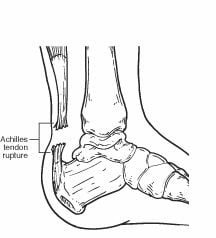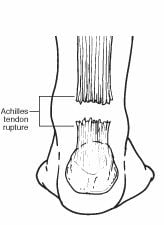Contact Us
Our Location
Find us on the map
Hours of Operation
Our Regular Schedule
Monday:
10:00 am-7:00 pm
Tuesday:
9:00 am-1:00 pm
Wednesday:
9:00 am-5:00 pm
Thursday:
9:00 am-5:00 pm
Friday:
9:00 am-4:00 pm
Saturday:
9:00 am-1:00 pm
Sunday:
Closed

